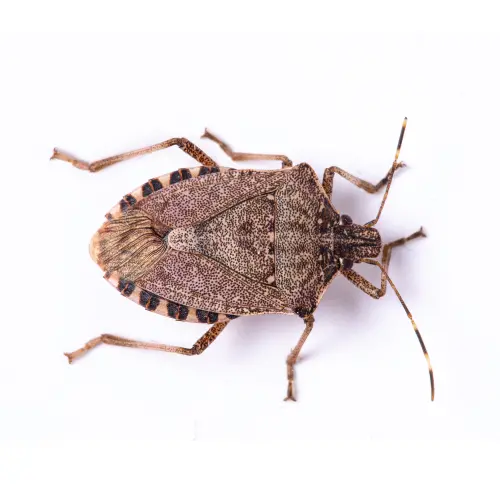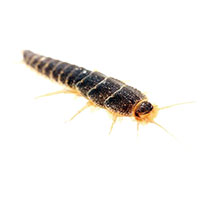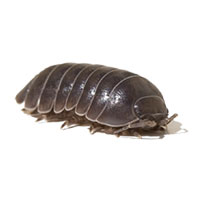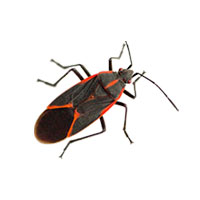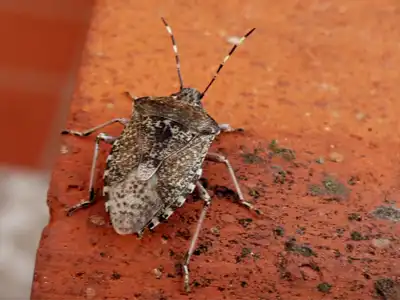
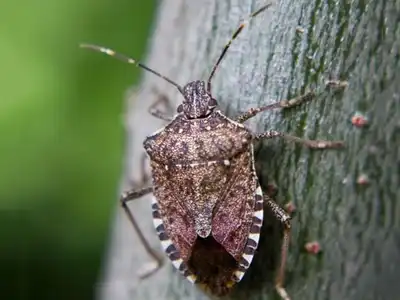
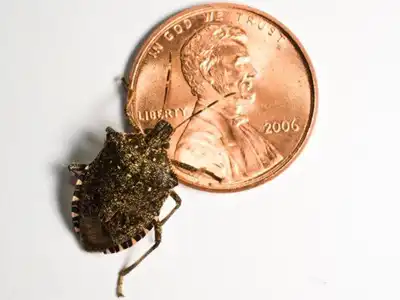
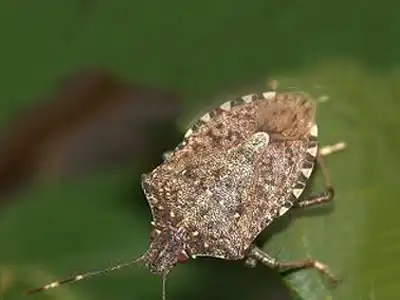
Stink Bugs in Wisconsin
The most common type of stink bug is the brown marmorated stink bug, an invasive species from Asia that was introduced to the US in the mid-90s. They established themselves in Wisconsin in 2010, and since then have done extremely well surviving here. They aren’t harmful to humans – they do not bite or sting – but they can damage crops such as fruit, nuts, and vegetables. They can, however, be quite annoying when they enter homes for warmth.
Stink bugs get their name from the odor they produce when disturbed or crushed. They crawl into homes and buildings during cool weather, making themselves at home in hidden areas such as in drapes and behind picture frames. They can be an unwelcome, smelly surprise if you happen to find their hiding place. Outdoors, they can be found on the sunny side of structures, clustered together for warmth.
Stink Bug Habitat
When they can’t find a building to overwinter in, brown marmorated stink bugs will hunker down anywhere they can fit. Starting around September, stink bugs look for places to overwinter. Whether on the outside of a building, in leaf litter, tree cracks, or vegetation, they’ll settle down anywhere to keep warm. Indoors, they’re often found around doors and windows.
Once the weather warms up in spring, the surviving bugs will leave their overwintering sites and seek out their host plants, where they will lay their eggs.
Stink Bug Behaviors, Threats, or Dangers
As we’ve mentioned, stink bugs don’t bite or sting and aren’t harmful to humans. While they can do real damage to crops, for the average person the biggest danger is their signature stink. Their droppings can also stain surfaces – as will their bodies if they’re crushed.
If you’re dealing with a stink bug swarm in Wisconsin, call your local exterminators to take care of it.
Need help with Brown Marmorated Stink Bugs?
We'll call you! Leave your information below.
Pests Belong Outside!
Leave your information below and we will give you a call back.
"*" indicates required fields
*During normal business hours. After hours inquiries will be returned the next business day.

